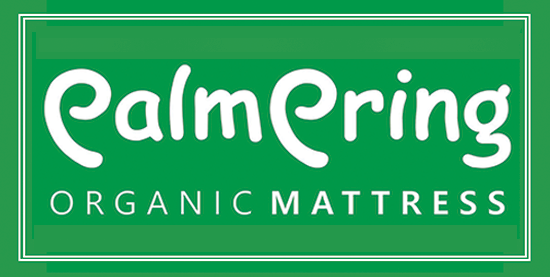Matt Graham, Managing Partner of Assurance at PwC, said partnerships have historically been seen as “for the common good”. The first pitfall of partnership is lack of perseverance. Some people don`t partner because they`re not able to get along with people they work with Mr Johnson said the decision to stay in partnership was ultimately due to cost. When Senator Whish-Wilson was prompted to explain why the four major partnership structures were maintained – he proposed the benefits of reduced accountability – the inquiry heard that it was for “largely historical” reasons. During the parliamentary inquiry into the quality of the reviews, it was said during the hearings that the “historic” partnership structure had the effect of exempting companies` accounts from auditing, while a number of high-level legal proceedings raised concerns among experts that they would also restrict their legal obligations. Companies are under some pressure to modernize as their practices go beyond what partnerships have offered in the past. In addition to the positive qualities mentioned above, which would promote partnership, it would be worth being aware of the characteristics and behaviours that discourage a partnership. CEO Tony Johnson said that because EY is not a company, the requirements of the Corporations Act do not apply to the audit of financial statements. On the contrary, their partnership contract dictated their reporting obligations. If new partners are promoted, they are expected to “buy” into the partnership.
We started this article with speculation about the convergence and divergence between the Big Four in the UK, Canada and France. We have looked at this issue with respect to partnerships in each of these jurisdictions. To our surprise, there was remarkably little difference between Britain and Canada: careers largely followed the same pattern in both countries. On the other hand, France was a case in itself. Interestingly, the companies` goals were broadly the same, but the education settings deemed necessary to become in the Big Four Senior were very different. In the UK and Canada, the Big Four are important bastions of meritocracy: as soon as you go up, it`s up to you to prove what you can do. In France, the dice are loaded for the benefit of those who possess Elite Grandes Ecoles qualifications, predestineding their way to the top. For those entering French companies without elite qualifications, the possibilities are probably much narrower than in their British counterparts.
We first looked at British and Canadian partners. What we found was remarkably similar: most partners need 15 to 17 years to become partners after joining; 60 to 70 hours of week are the norm; The partners are rather white and male; the process of becoming a partner has become much more formalized than in the past; Most people who work in partnerships emphasize the importance of having “a good mentor” who helps them navigate the complex and Byzantine politics of a Big Four company. “These are partnerships, I don`t know. You are one of the few organizations that is not transparent. You can`t find transparency documents on these partnerships,” said James Guthrie, a professor at Macquarie University. If you look at the history of the Big Four, you can see that they`re based on this type of professional services partnerships – kind of like law firms – but today they`re what I would call hyper-commercial,” said Stuart Kells, big four co-author of the survey. Senator Whish-Wilson also asked whether the lack of transparency allegedly made possible by the partnership model reflected problems with corporate culture. These are partnerships, right? If so, how are revenues distributed among hundreds of partners around the world? I work for a local company and I don`t know what these globals look like in this regard. .
. .
